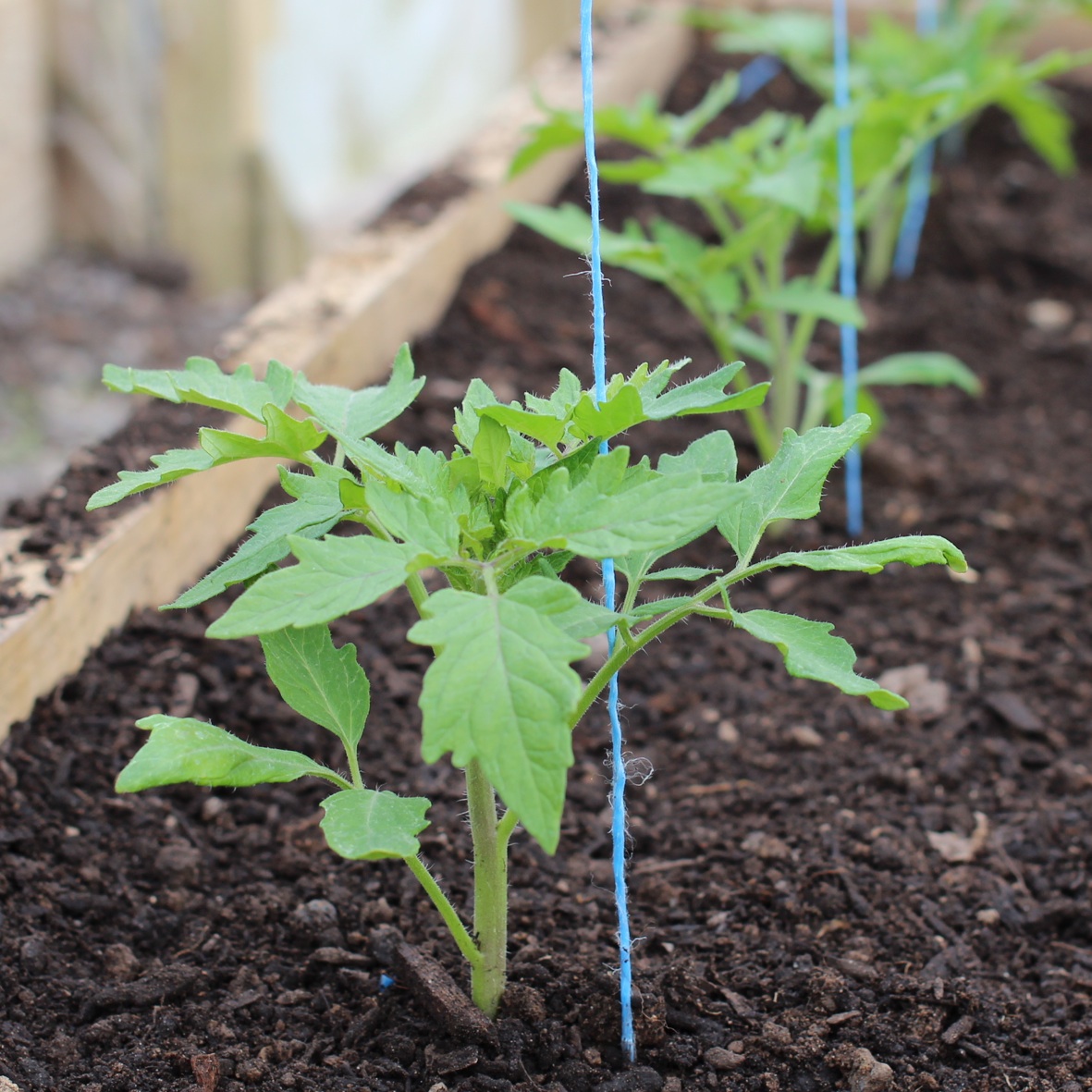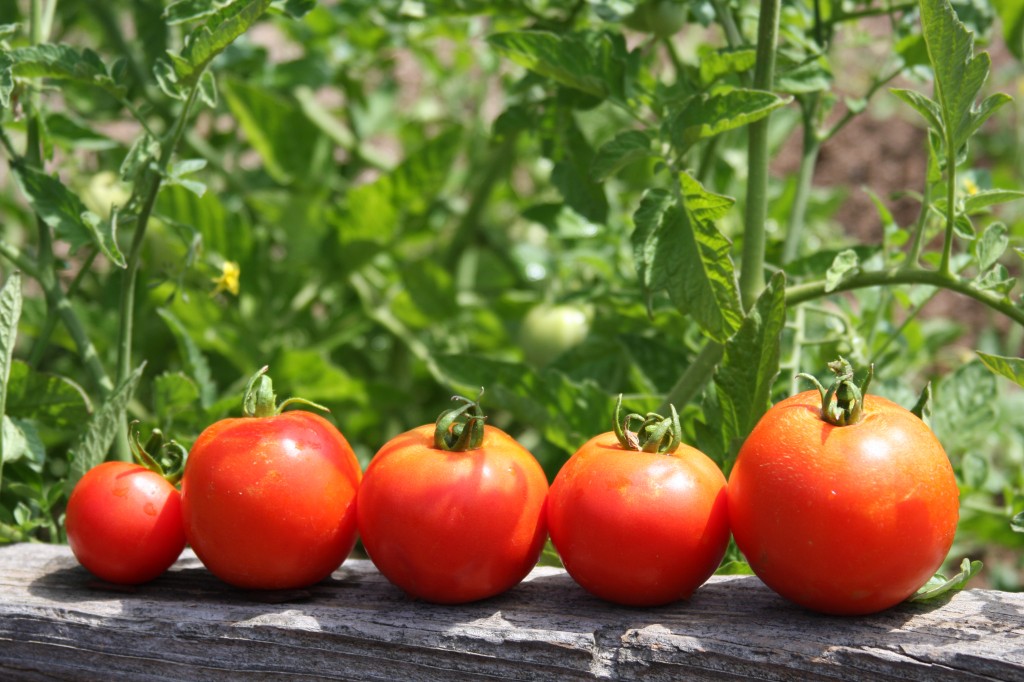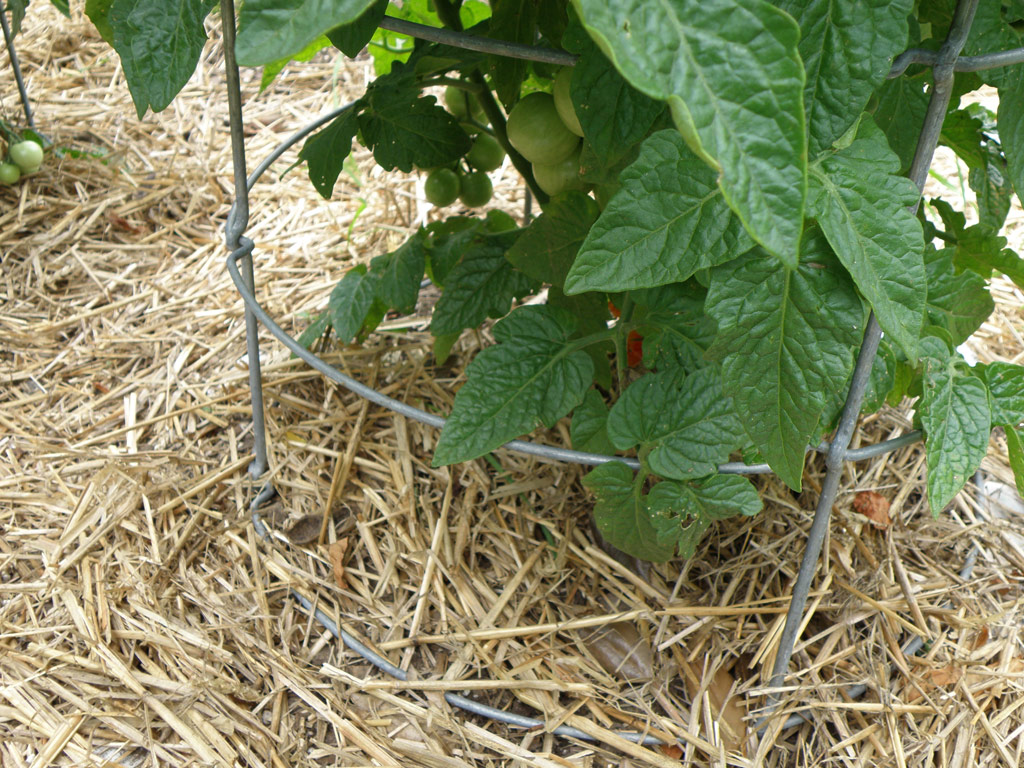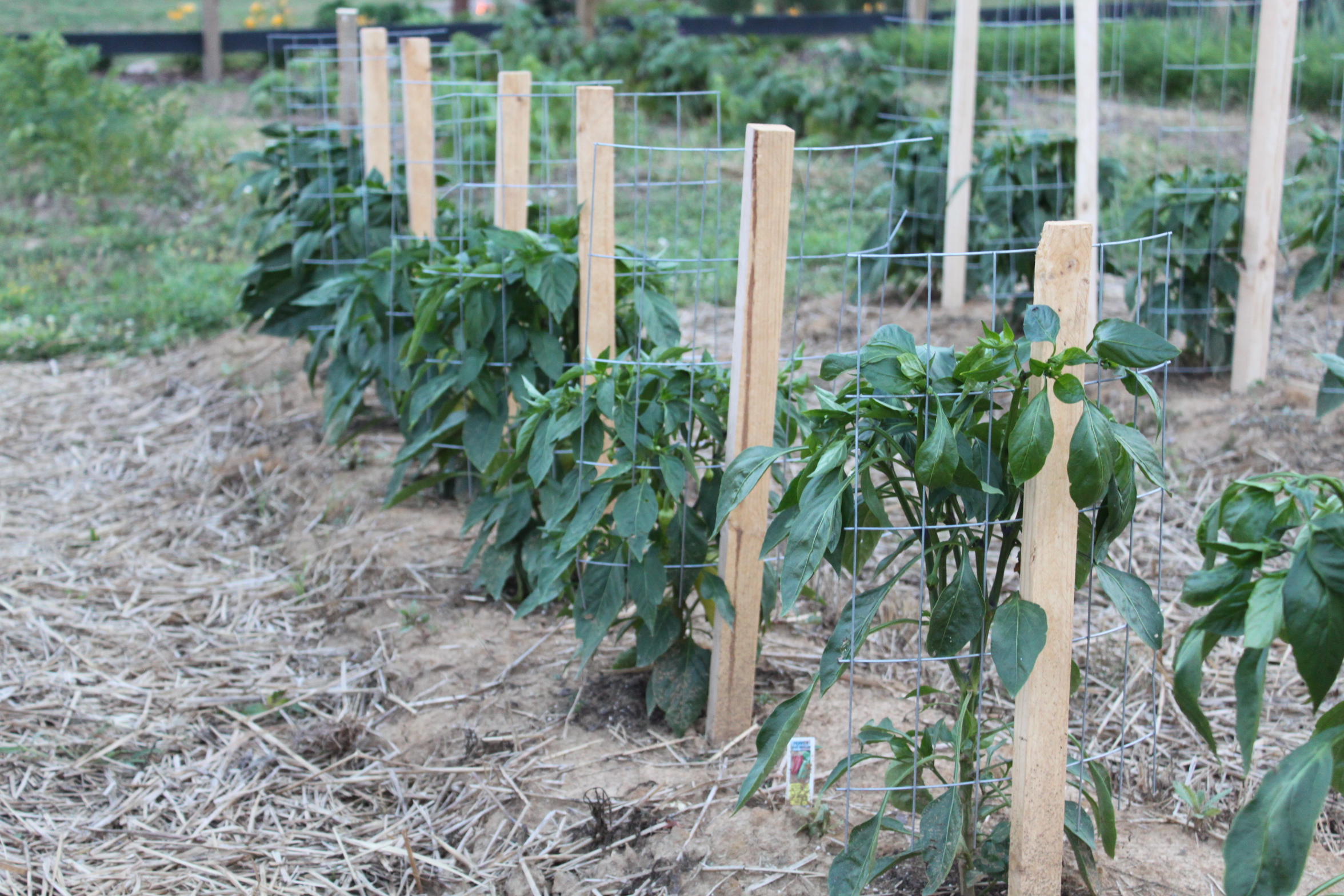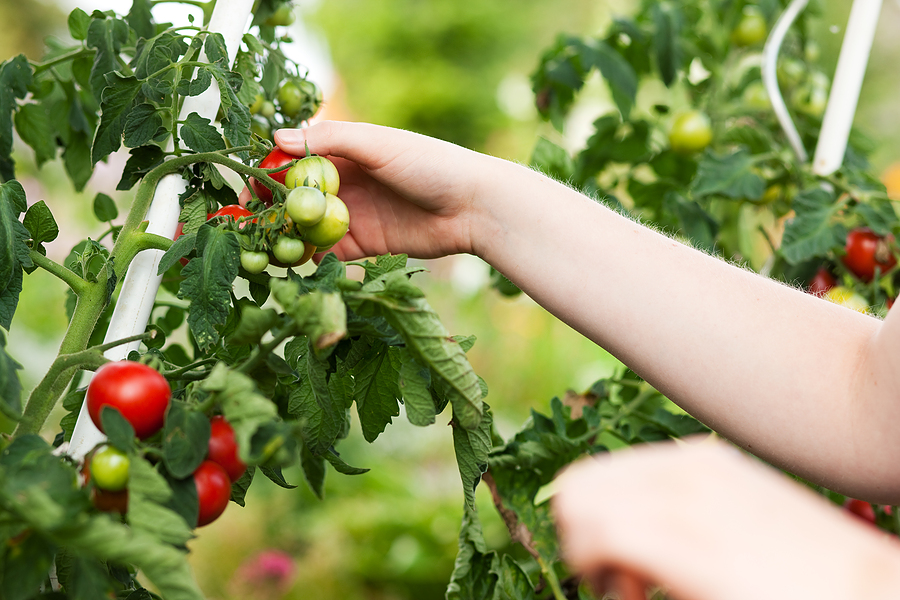Here’s a little-known fact: Tomatoes are easy to grow.
That’s right. With as many gadgets, guides, and complicated instructables as there are out there, you’d think that having a lush, delicious tomato harvest was for master gardeners only. But given the right care, great tomatoes are actually super-simple to grow yourself.
Whether you’re an absolute beginner or a seasoned pro, these tomato-growing tips will help you get your best garden ever. From start to finish, this guide will tell you everything you need to know to grow great tomatoes yourself. Take a look, and get ready for a bumper crop!
Getting started: Seeds or seedlings?
If you have the patience to start tomatoes from seed, it’s always best to do so. Starting tomatoes from seed gives you the chance to choose from thousands of tomato varieties, including interesting heirlooms, proven winners, and varieties that are tailor-made for your region’s climate. In temperate regions, starting tomatoes from seed also gives you the ability to make your plants super-hardy by planting them directly outdoors.
However, starting tomatoes from seeds can be a process. If you want to push the easy button, then start your tomato garden with seedlings from your local nursery, rather than from seeds. Choose plants with lush, fresh-looking, green leaves. Reject any plants with withered or spotted areas–these plants most likely have disease that could quickly spread to healthy plants.
Expert tip: For a beginner garden, try rich yellow Sungolds or delicious, multi-purpose Super Sweet 100’s. These favorite cherry tomato varieties produce buckets of sweet, juicy fruits, and are easier to care for than most.
Where should your garden go?
Tomatoes grow best in warm, rich soil with lots of drainage and plenty of room for roots to grow. For that reason, most gardeners prefer to plant tomatoes in raised beds of compost-rich soil.
Plant seedlings deeply in soil, so that about 2/3 of the plant’s main stem is buried–the plant will sprout new roots from the buried portion, which will help it grow fast and strong.
Expert tip: In cool areas, try the “bottomless bucket” method: cut the bottom out of a plastic bucket, place the bucket on top of a raised bed, fill it with soil, and plant your tomato seedling there. The bucket will absorb light, keep roots extra toasty, provide excellent drainage, and keep foliage warm and dry.
Let the sun shine
Tomatoes need at least six hours of sunlight per day to thrive, and more is better. Choose a spot for your tomatoes that’s sunny and bright from morning to afternoon–if you’re not sure how many hours of sun a certain spot gets, you can buy a sun calculator to easily find out.
Expert tip: Plant tomatoes against a white wall that will reflect light. Some tomato gardeners even like to set up tinfoil “tanning beds” for their tomatoes; if you’re in a gloomy climate, this is a great trick to try.
To mulch, or not to mulch?
Mulching your tomatoes may seem like an optional step, but it’s well worth the extra time: a thick layer will keeps the plant’s roots warm, prevent water from evaporating too quickly, and deter weeds that steal water and nutrients which would otherwise go to the tomatoes. After you plant your tomatoes, lay at least two inches of mulch.
Expert tip: Augment mulching with companion plantings which will help your tomatoes grow. Basil, onions, and thyme are three great companion plants for tomatoes, and also happen to combine with your tomatoes to make great spaghetti sauce when you’re ready to harvest.
Pruning, staking, and support
Little-known fact: You don’t actually need to stake or cage your tomato plants to get great tomatoes. Many tomato gardeners swear by the “sprawl method”, in which you simply allow your plant to grow wild and spread across the ground.
However, pruning and supporting your tomatoes, rather than letting them run wild, has its advantages. By pruning and supporting your tomato plants, you encourage them to stay compact and devote their energy to making giant, juicy tomatoes.
Suckers, also known as side shoots, are the small, new stems that sprout diagonally between the tomato’s main stem and branches. Left unchecked, these tiny shoots will become big new branches. Prune suckers by clipping them off completely, and make sure your tomatoes’ main stems are supported by stakes, tomato cages, or a trellis system.
Expert tip: Clip suckers while they’re small with a sharp, clean pair of scissors, and try to do it in the morning, so exposed areas have a chance to scab over before they’re subjected to cold.
Fertilizing
There’s no need to fertilize tomatoes that have been planted in rich soil with plenty of compost. Since tomatoes only live for one growing season, they’ll do just fine if you fertilize them well when you first plant them.
Expert tip: To get giant, juicy tomatoes, fertilize with sprays, such as compost tea and liquid kelp. Dilute these fertilizers with water, and apply with an inexpensive fertilizer sprayer before your tomatoes start to sprout fruit. You’ll be rewarded with better disease resistance and higher yields.
Water seldom and deeply
It may seem tempting to water your tomatoes every day. But even in hot weather, tomatoes do best when they’re watered seldom and deeply. Water your tomatoes every two or three days, and water them for at least a few minutes at a time (if not more), so the water can soak deeply into the soil.
Since tomatoes are prone to disease, it’s a good idea to do your best to keep water off of their leaves. Water them in the morning on sunny days, when any moisture left on the plants will have time to evaporate.
Expert tip: Install a drip irrigation system so that water can seep directly into the ground, without touching the plants at all. To make things extra easy, set up your drip irrigation system with a timer that will turn the water off and on automatically. You’ll never have to think about watering again!
Harvesting
Different varieties of tomatoes will take different amounts of time to bear fruit, but they generally take about a month and a half to ripen from the time they’re planted.
Harvest tomatoes when there’s no trace of green on the fruit and they smell rich and ready to eat. If you want to hurry them up, pick them when they first start to redden, and allow them to finish ripening on the window sill.
Expert tip: For ripe tomatoes throughout the summer, stagger your planting times by about a week. You’ll end up with tomatoes that are still going in late summer.
Top Image Credit: The Taste Revelation
What are your favorite expert tomato tips? Will you attempt to grow your own tomatoes this season?

